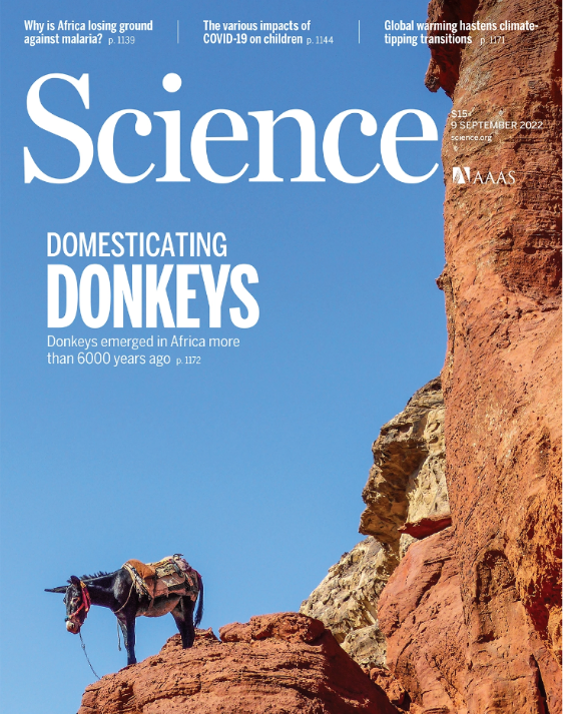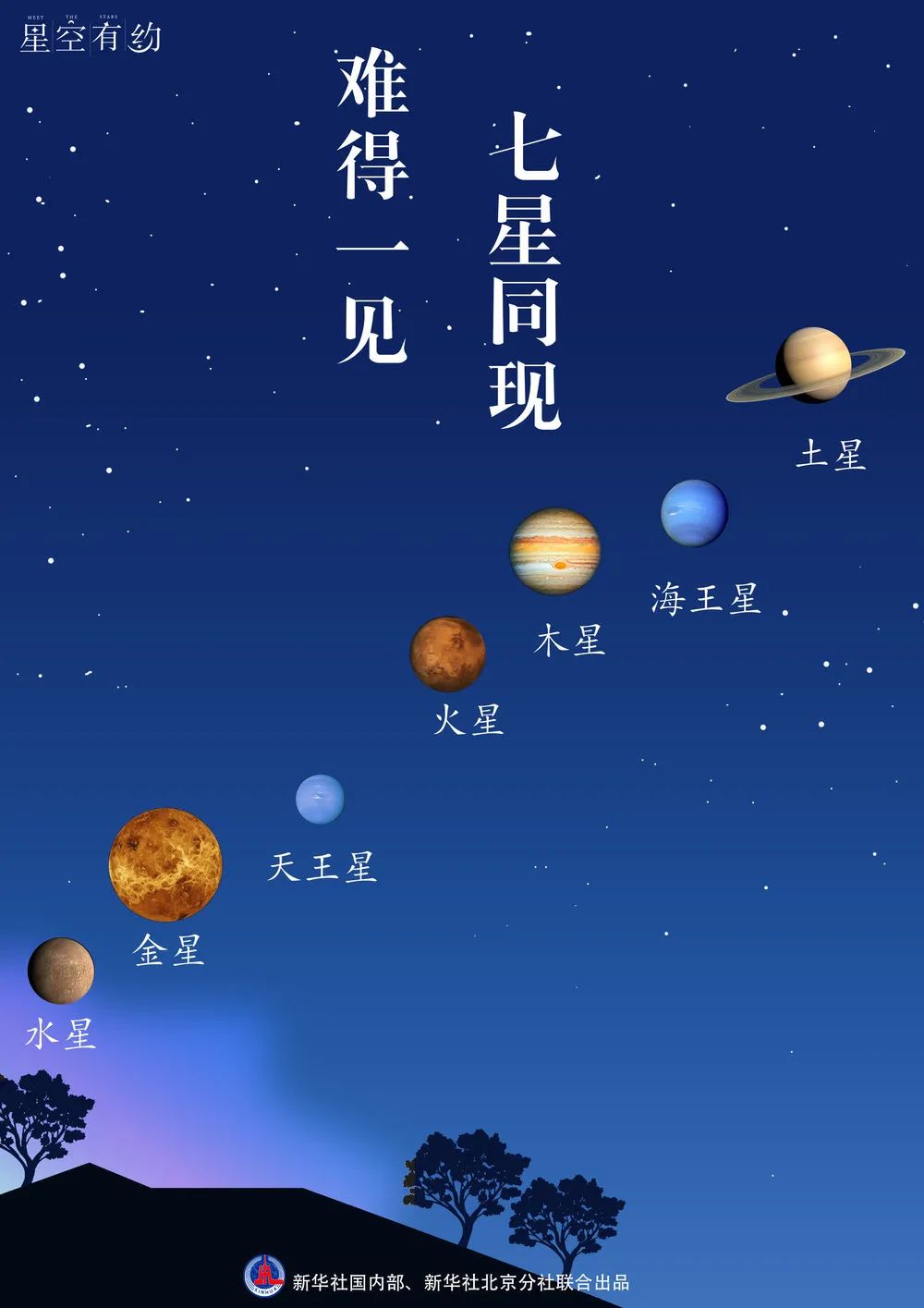"Science" (Published 20220909) One -week thesis Guide
Author:Scientific network Time:2022.09.11
Compilation | Li Yan
Science, 9SEP 2022, Volume 377 Issue 6611
"Science" September 9, 2022, Vol. 377, 6611

Astronomy Astronomy
DENSITY, Not RadiS, SEPARATES ROCKY and WATER-Rich Small Planets Orbiting M DWARF Stars
Density, not radius, distinguish the rocky planets and rich water planets running around dwarf stars
Author: Rafael Luque and Enric Pallé
Link:
https://www.science.org/doi/10.1126/sclence.abl7164
Summary:
The small exterior planets of the Neptune are usually around the red dwarfs. They and the planets of the main stars who pass their main stars constitute most of the known temperate worlds that are in line with atmospheric characteristics. We analyzed the quality and radius of all known Small Lingri planets around M dwarf stars, and identified three species: rocky planets, rich water planets and rich planets.
Our results are inconsistent with the cognition of the hydrogen/pupa layer that was previously distributed by the double peak radius derived from the atmospheric losses. Instead, we propose to distinguish the density differences and the planets of rocky planets and rich water planets. The formation model containing rail migration can explain these observations: rock planets formed inside the snow line, while rich planets formed outside the snow line, and then migrated inward.
Abstract:
Exoplanets smaller than Neptune are common around red dwarf stars (M dwarfs), with those that transit their host star constituting the bulk of known temperate worlds amenable for atmospheric characterization. We analyze the masses and radii of all known small transiting planets around M dwarfs, identifying three populations: rocky, water-rich, and gas-rich. Our results are inconsistent with the previously known bimodal radius distribution arising from atmospheric loss of a hydrogen/helium envelope. Instead, we propose that a density gap separates rocky from water- Rich Exoplanets. Formation Models that Include Orbital Migration Can Explain the Observations: Rocky Planets Form Within the Snow Line, whereas water
Physics Physics
Chiral Emission from Resonant Metasurfaces
Resonance hyper surface hand emission
Author: xudong zhang, yilin liu et al.
Link:
https://www.science.org/doi/10.1126/sclence.abq7870
Summary:
The super -tight and tamanic circular polarization is of great significance in the processing of classics and quantum optical information. The traditional hand launching method is limited by the stimulating power range, and it cannot provide high -quality radiation with perfect polarization conversion.
We use the physical characteristics of the hand -to -be -bound state in the continuous media to prove the effective and controllable launch of the resonance super surface round polarization light. Utilizing the enhancement of this recruitment and the cliff, we reveal how to modify and control the spectrum, radiation mode and spinning angle momentum of light glowing and laser without spinning injection at the same time. The superiority of hand launch and laser provides a variety of application prospects for nano -photonology and quantum optics.
Abstract:
Ultracompact sources of circularly polarized light are important for classical and quantum optical information processing. Conventional approaches for generating chiral emission are restricted to excitation power ranges and fail to provide high-quality radiation with perfect polarization conversion. We used the physics of chiral quasi-bound states in the continuum to demonstrate the efficient and controllable emission of circularly polarized light from resonant metasurfaces. Exploiting intrinsic chirality and giant field enhancement, we revealed how to simultaneously modify and control spectra, radiation patterns, and spin angular momentum of photoluminescence and lasing without any spin injection. The superior characteristics of chiral emission and lasing promise multiple applications in nanophotonics and quantum optics.Systematic electronic structure in the cuprate parent state from quantum many-body simulations
The systemic structure of copper mother state in quantum polyphonic simulation
Author: zhi-hao cui, huanchen zhai et al.
Link:
https://www.science.org/doi/10.1126/sclence.abm2295
Summary:
The quantitative description of relevant electronic materials is still a challenge for modern computing. We showed a numerical strategy that simulated related materials at the level of completely calculated, beyond the effective low -energy model solution, and applied it to obtain a detailed and micro understanding of the copper superconducting material family that is not doped by the mother's body. Essence
We reveal the micro -trends of electronic correlation, and reveal the connection between the material composition and the magnetic energy scale through the multi -body image involving the excitation process of the buffer layer. Our work clarifies the path of quantitative and reliable understanding of the more complex state of related materials from the beginning.
Abstract:
The quantitative description of correlated electron materials remains a modern computational challenge. We demonstrate a numerical strategy to simulate correlated materials at the fully ab initio level beyond the solution of effective low-energy models and apply it to gain a detailed microscopic understanding across a family of cuprate superconducting materials in their parent undoped states. We uncover microscopic trends in the electron correlations and reveal the link between the material composition and magnetic energy scales through a many-body picture of excitation processes involving the buffer layers. Our work illustrates a path toward a Quantitative and RELIABLE UNDERSTANDINGINGINGINGINGINGINGINGINGINGONOLEX States of Correled Materials at the Ab Initio Many-Body Level. Chemistry Chemistry
Hydroformary Catalyzed by UNMODIFIED CORBONYL Under Mild Conditions
Under mild conditions, hydrogenation reactions catalyzed by non -modified cobalt cobalt
Author: baoxin zhang, Christoph Kubis et al.
Link:
https://www.science.org/doi/10.1126/sclence.abm4465
Summary:
Here, we report that the unpredictable cymbal cobalt is a stable hydrogenation catalyst under the 30 bar synthetic gas pressure of 140 ° C. The activity can be compared with the recently reported dual -cobalt (II) catalyst, but we cannot copy it under the conditions of the report.
The research on dynamics and infrared spectrum in situ confirms the stability of the unremovated cobalt tetrachide hydrogenation [HCO (CO) 4]. Without phosphorus ligands, under low synthetic air pressure, the olefin internal internal internal chain is transformed into high -regional selective aldehydes. When the load ratio of the phosphorus is less than 0.6, the promotion effect of dual catalysts has less promoting the catalyst.
Abstract:
We report here that unmodified cobalt carbonyl is a stable hydroformylation catalyst at 140°C under 30 bar of syngas. The activity was comparable to that of recently reported bisphosphine-coordinated cobalt(II) catalysts, which we could not reproduce under the reported conditions. Kinetic and in situ infrared spectroscopic studies confirmed the stability of the unmodified cobalt tetracarbonyl hydride [HCo(CO)4]. Branched internal olefins were converted to aldehydes with high regioselectivity under low syngas pressures without phosphorus ligands. Bisphosphines had a small promotional effect on the catalyst at Phosphorus-to-Cobalt loading ratios below 0.6. Earth Science Earth Science
Exceeeding 1.5 ° C Global Warming Could Trigger Multiple Climate Tipping Points
Global warming more than 1.5 ° C may cause multiple climate critical points
Author: david I. Armstrong mckay, Arie Staal et al.
Link:
https://www.science.org/doi/10.1126/science.abn7950
Summary:
When a part of the climate system changes more than the warming threshold, the climate critical point will occur, causing a significant impact on the earth system. Comprehensive climate, observation research, and model -based research, we provide a global "critical" element and regional "influence" critical element and its temperature threshold revision candidate list.
The current global warming is 1.1 ° C higher than the temperature before industrialization, and it is already on the edge of the uncertain range of certain critical points. Within the scope of global warming 1.5 to 2 ° C in the Paris Agreement, several critical points may be triggered. According to the current policy trajectory, more critical points will be triggered when the temperature rises by 2 to 3 ° C. This has strengthened the use of emergency action to slow climate change and formulate the evidence basis for improving the risk assessment, early warning capabilities and adapting strategies.
Abstract:
Climate tipping points occur when change in a part of the climate system becomes self-perpetuating beyond a warming threshold, leading to substantial Earth system impacts. Synthesizing paleoclimate, observational, and model-based studies, we provide a revised shortlist of global “core” tipping elements and regional “impact” tipping elements and their temperature thresholds. Current global warming of ~1.1°C above preindustrial temperatures already lies within the lower end of some tipping point uncertainty ranges. Several tipping points may be triggered in the Paris Agreement range of 1.5 to<2°C global warming, with many more likely at the 2 to 3°C of warming expected on current policy trajectories. This strengthens the evidence base for urgent action to mitigate climate change and to develop improved tipping point risk assessment, early Warning Capability, and Adaptation Strategies. ZohoLogy
The Genomic History and Global Expansion of DOFDIC DONKEYS
History history and global expansion of domestic donkeys
Author: Everyn T. Todd, Laure Tonasso-Calvière, Loreleï Chauvey et al.
Link:
https://www.science.org/doi/10.1126/sclence.abo3503
Summary:
The donkey changed the history of human beings. They have become indispensable beasts that are indispensable for long -distance migration, especially crossing semi -drought and high -ground environment. The research on them is still insufficient, although their ethnic groups have continued to expand globally, and provide key support for low -income communities. In order to clarify the domestic donkey's domestication history, we have built a comprehensive genome of 207 modern donkeys and 31 ancient donkeys and 15 wild Marco animals.
We found a strong system geographical structure to support this view in the genes of modern home donkeys: a domestication process occurred in Africa in 5000 BC, and then the ethnic group was further expanded in this continent and Eurasia. Africa. In the 200th year of BC, Li Fante discovered an unknown genetic genealogy, which helped increase the understanding of Asian ancestors. In the era of the Roman economy and military, the management of donkeys includes a larger body type in the management of close relatives and cultivation.
Abstract:
Donkeys transformed human history as essential beasts of burden for long-distance movement, especially across semi-arid and upland environments. They remain insufficiently studied despite globally expanding and providing key support to low- to middle-income communities. To elucidate their domestication history, we constructed a comprehensive genome panel of 207 modern and 31 ancient donkeys, as well as 15 wild equids. We found a strong phylogeographic structure in modern donkeys that supports a single domestication in Africa ~5000 BCE, followed by further expansions in this continent and Eurasia and ultimately returning to Africa. We uncover a previously unknown genetic lineage in the Levant ~200 BCE, which contributed increasing ancestry toward Asia. Donkey management involved inbreeding and the production of giant bloodlines at a time when mules were essential to the Roman economy and military . Edit | Fangyuan
Capture | Li Yan
Cooperation: hezuo@stimes.cn
Submission: Tougao@stimes.cn
Like this article? Praise + watch support!






- END -
Very rare!Just tonight, don't miss it!

According to more than ten days after June 16th, before sunrise, Venus, King Star,...
3D machine visual manufacturer's scene compete for the battle

The picture comes from Canva.Behind the general application of smart products such...